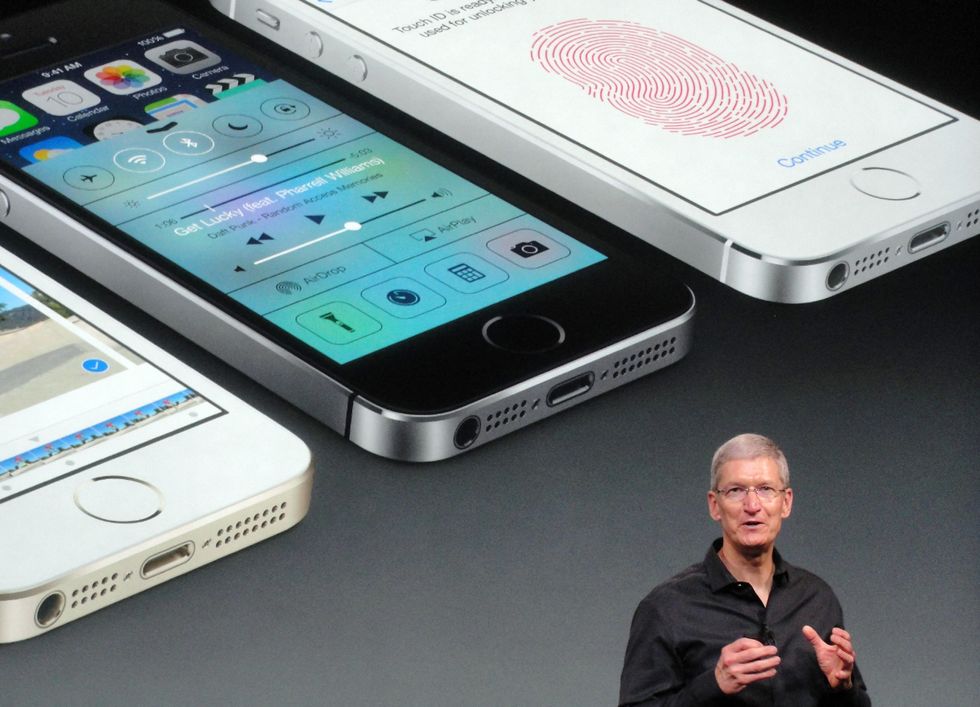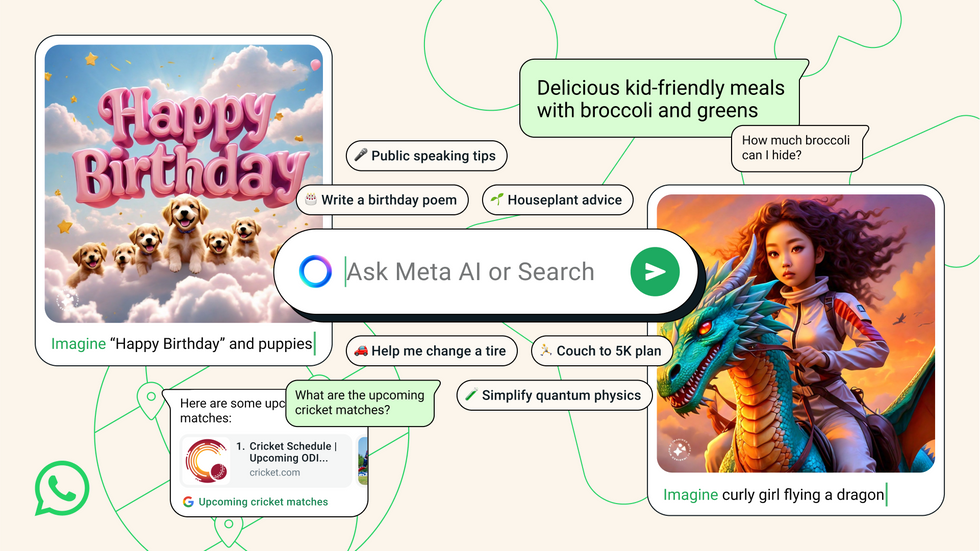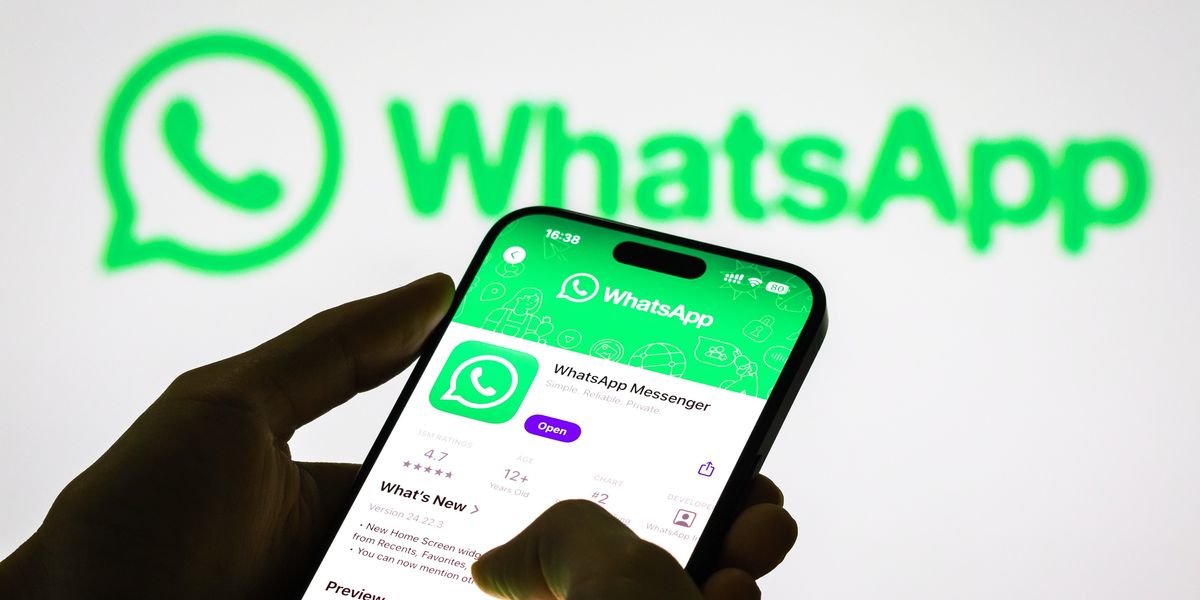Depending on the model of phone in your pocket, you might find yourself unable to wish friends and family a happy new year when the clock strikes midnight. That’s because WhatsApp will end support for over a dozen different Android handsets from popular manufacturers like Samsung, Sony, LG, and Motorola.
From January 1, millions with older Android handsets could find themselves unable to use WhatsApp. The decision to remove support for these ageing smartphones was taken by parent company Meta, which is run by multi-billionaire Mark Zuckerberg and also owns Instagram and Facebook.
The Californian company, which is currently valued at roughly $1.5 trillion, has announced that all Android devices running version 4.4 of the mobile operating system — known as KitKat — or earlier, will lose access to WhatsApp. Android KitKat was the eleventh iteration of the Google-owned operating system and launched back in late 2013.
Periodically, WhatsApp will adjust the list of supported devices on Android and iOS, so those running outdated software don’t hold back development of new features or security improvements. However, for those left behind with older devices — it could be a costly upgrade
META PRESS OFFICE
If the phone in your pocket is capable of upgrading to the follow-up to Android 4.4 KitKat, dubbed Android 5.0 Lollipop, then downloading and installing this update will guarantee that you can continue to use WhatsApp. If you’ve been putting off pop-up notifications about a software update for the last decade or so… now is probably a good time to carve-out some time to download and install that new iteration of the operating system.
However, many phones are unable to upgrade to a newer version of Android — leaving them stuck on 4.4 KitKat and guaranteed to lose access to WhatsApp. The decision to cull these 10-year-old handsets is likely to impact millions of users worldwide, particularly in developing countries where older phones remain common.
Both regular WhatsApp and WhatsApp Business users will be affected by these changes, requiring many to upgrade their devices to maintain access to the popular messaging service. For those who don’t know, WhatsApp Business allows companies to offer customer support chats and other messaging opportunities via WhatsApp.
This is the definitive list of Android devices set to lose WhatsApp support from January 1, 2025:
- Samsung Galaxy S3
- Samsung Galaxy Note 2
- Samsung Galaxy Ace 3
- Samsung Galaxy S4 Mini
- Motorola Moto G (1st Gen)
- Motorola Razr HD
- Moto E (2014)
- HTC One X
- HTC One X+
- HTC Desire 500
- HTC Desire 601
- LG Optimus G
- LG (Google) Nexus 4
- LG G2 Mini
- LG L90
- Sony Xperia Z
- Sony Xperia SP
- Sony Xperia T
- Sony Xperia V
If you own one of these devices, the only way to continue to send and receive text messages and calls within WhatsApp is to upgrade to a newer model of handset. Yes, really.
If you own an iPhone and are feeling a little smug at the moment — don’t.
WhatsApp has already outlined plans to pull support for several older iPhone models too, beginning in May 5, 2025. The iPhone 5s, iPhone 6, and iPhone 6 Plus will no longer be able to use the messaging service, as these devices cannot run iOS 15.1, which will become the minimum operating system requirement next year. If that sounds like you, the changes to WhatsApp won’t kick-in for around five months.
 Apple CEO Tim Cook on-stage announcing the iPhone 5S in September 2013. These models will no longer work with WhatsApp from May 2025 onwards, forcing users who still rely on the handset every day to upgrade to a newer model — or miss out on WhatsApp messages GETTY IMAGES
Apple CEO Tim Cook on-stage announcing the iPhone 5S in September 2013. These models will no longer work with WhatsApp from May 2025 onwards, forcing users who still rely on the handset every day to upgrade to a newer model — or miss out on WhatsApp messages GETTY IMAGES
Like those with Android 4.4 KitKat, if you own one of these iPhone models, you’ll need to upgrade to a newer iPhone to continue using WhatsApp. It’s unclear why Meta has given iPhone users a longer transition period compared to Android users.
If you have a smartphone that does support iOS 15.1 but hasn’t been upgraded in a while, you’ll need to launch the Settings app and go to General > Software Update to update to the newest version of the iPhone software.
While it’s undoubtedly frustrating for some, the reason for this change is to allow WhatsApp to make use of newer features and technologies introduced in iOS 15 and Android 5.0 Lolipop.
Without culling older iPhone and Android phones capable of running previous versions of the operating system, WhatsApp will be held back and unable to implement some new tricks. There’s still time before the change kicks-in, but it could be costly for those who weren’t planning on upgrading to a new phone anytime soon.
WhatsApp is the most popular messaging service on the planet.
In a bid to keep its competitive edge, Meta wants to introduce new experiences — like those powered by the latest advancements in Artificial Intelligence (AI) — that require more powerful hardware.

Meta AI — the all-in-one Artificial Intelligence feature developed by WhatsApp parent company — was recently introduced into the messaging app, enabling users to generate never-before-seen images, summarise lengthy text into bullet-points, search the web for information, and more. It’s these features that could be difficult on older hardware
META PRESS OFFICE
To incorporate new software features introduced by Google and Apple, the US technology firms behind the most popular mobile operating systems, applications need to cull older devices to avoid them holding them back. And it’s not only flashy new features either, older hardware is increasingly unable to support new features or protect sensitive data effectively.
LATEST DEVELOPMENTS
If you’re impacted by the changes, you should back-up your WhatsApp chat history and data before the respective deadlines to avoid losing their media and chat history. You can check their device compatibility by reviewing their phone’s operating system version in their settings menu.

